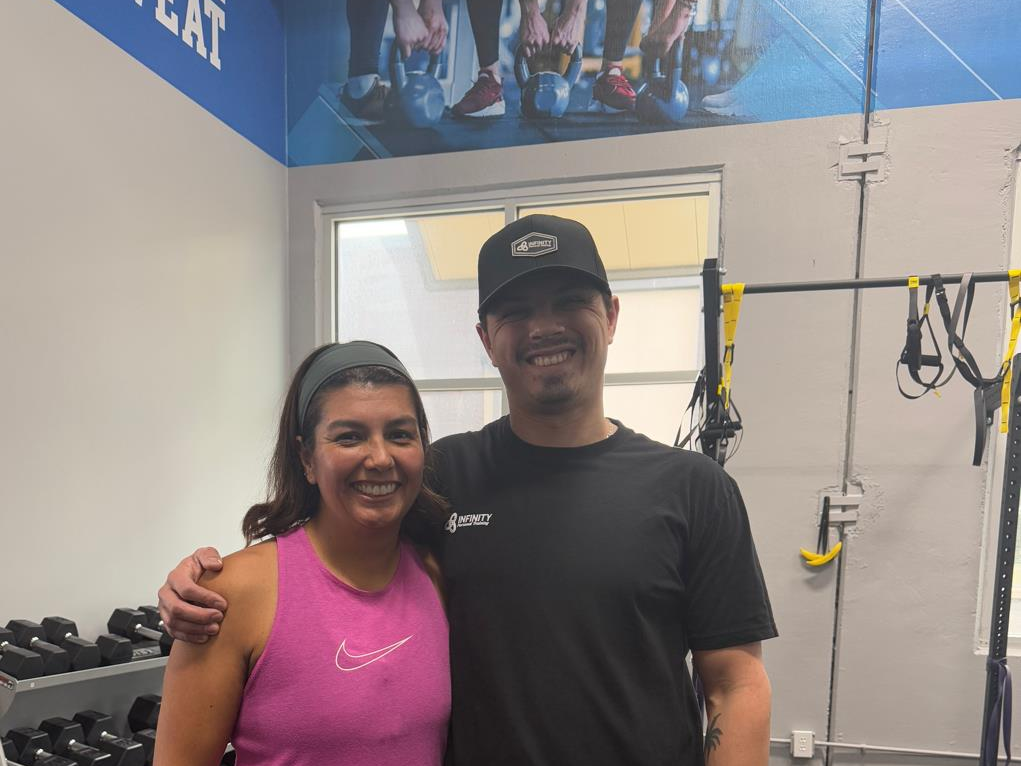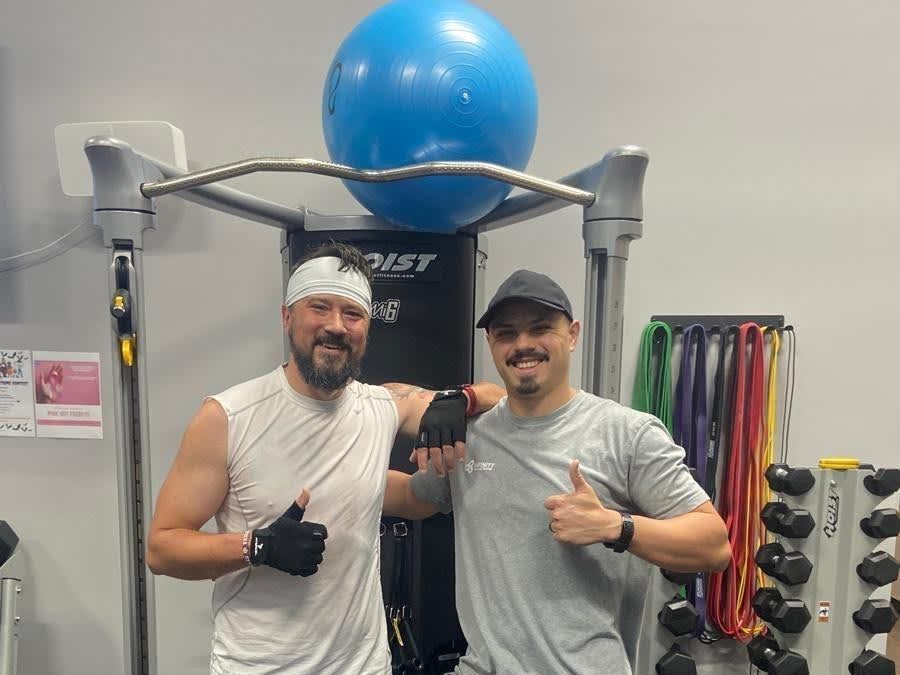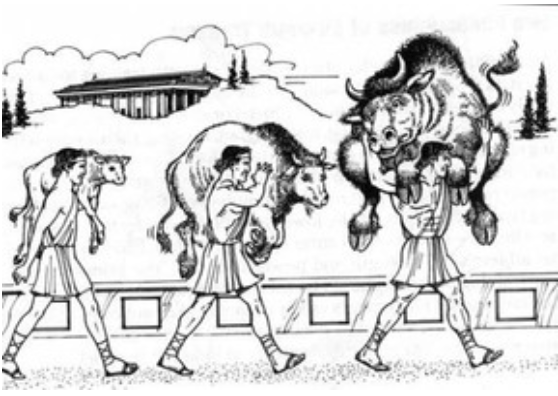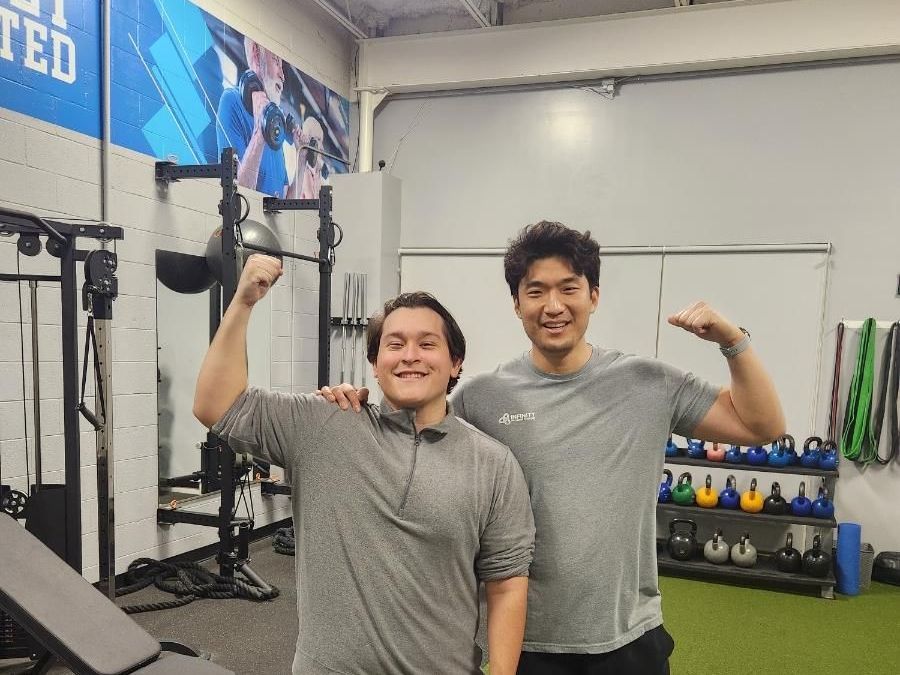All About Progressive Overload
Progressive Overload is probably the most important law in strength training. You may be asking yourself what is Progressive Overload? In the simplest terms, progressive overload is doing "more over time." This could mean multiple things. Whether it is more weight on the bar, more reps, or even being more efficient in your training. Naturally, due to the wide gap of of fitness abilities in each individual there is going to be a huge spectrum of progressive overload. So it is not as simple as just adding 10 lbs every time someone works out, because they will eventually reach a point where they can not adapt to the demands put on them. At Infinity Personal Training we have implemented progressive overload in in all of our programs to make sure our clients see the results they want. For example in our large group and small group training, each week we increase the intensity and focus on having our clients push more each week. That being said there is a lot more to Progressive Overload than just cranking up the weight.

This is probably the most important rule for any beginner getting into strength training. Do not compare yourself to what others are lifting. You are right where you need to be to get better. YOU are on your OWN fitness journey. Everyone has a unique body type. You'll be better at some exercises and not so good at others. Do not concern yourself with what others use for loading. When you begin an exercise, start out as light as possible and gradually work your way up. Progressive Overload just never take precedent over form. That is a great way to end up injured and taking multiple steps backwards from your goals.
For more information on personal or online training with Infinity Personal Training, click here!
2. Progressive Overload can be achieved a ton of different ways
There are a ton of different ways you can be "doing more over time." If you are struggling with a lift or getting the motor pattern down. A great place to start with progressive overload is simply just getting more range of motion. Yes, if you do the same workout as the week before with better form that is a progression! You are "doing more" for your neuromusclular system by recruiting more of the targeted muscles. Here are a few other ways you can use progressive overload.
1. Lifting the same load for increased distance (range of motion)
2. Lifting the same load and volume with better form, more control, and less effort (efficiency)
3. Lifting the same load for more reps (volume)Lifting heavier loads (intensity of load)
4. Lifting the same load and volume with less rest time in between sets (density)
5. Lifting a load with more speed and acceleration (intensity of effort)
6. Doing more work in the same amount of time (density)
7. Doing the same work in less amount of time (density)
8. Doing more sets with the same load and reps (volume)
9. Lifting the same load and volume more often throughout the week (frequency)
10. Doing the same work while losing body mass (increased relative volume)
11. Lifting the same load and volume and then extending the set past technical failure with forced reps, negatives, drop sets, static holds, rest pause, partial reps, or post-exhaustion (intensity of effort)
Yes! That is a lot of different ways to progress! So, instead of beating yourself up about not PR'ing last session. Look at the positives! I am sure you have progressed on at least one of those forms of Progressive Overload.
3. Progressive Overload will never be linear
So this starting to sound pretty easy and that all you have to do is keep "doing more." Many strength coaches love to tell the story about Milo of Croton to demonstrate progressive overload. Legend has it that Milo used to pick up a baby calf every day and carry it around on his shoulders. As the calf grew, Milo got stronger. Eventually Milo was hoisting a full-size bull and walking around his village with it. Sadly, this story does not hold much truth or merit to the principles of progressive over load. Yes, with Progressive Overload, over the long haul everything goes up, but it is a windy and curvy road. There are lots of reasons for this phenomenon, but we are not going to go down that rabbit hole today.
The truth about progressive overload is that progress is not linear. Ask any strength training veteran. Sometimes you will see results right away and sometimes it takes months to bust through a plateau. So think more about progress as coming in waves. Some sessions you’ll surprise yourself and feel super strong and make serious gains, on the contrary, some sessions you’ll simply tie your previous efforts, and some sessions you’ll actually be weaker and go backwards. But if you stick with it, every six months you should be stronger and more fit.
Finally, don't over think it. As long as you are consistently doing more in and out of the gym you are going to see progress. Don't be discouraged if you don't see results right away or you feel like you have stalled. Even the most seasoned lifters run into these slumps and find a way to get out! Just keep moving forward! If you're confused and looking for a customized online or in person program tailored to your specific goals click here to schedule a free session or 20 min call.
You might also like







